
Over the past few seasons, the Thai League’s ambitions of becoming a regional hub have taken a huge step forward - largely thanks to the arrival of stars from the Philippines.
The end of the 2021-2022 season saw close to 70% of ASEAN-quota spots taken up by players from the Philippines, while 12 of the 30 players the Azkals sent to the recent AFF Suzuki Cup have played club football in Thailand.
From Michael Falkesgaard and Patrick Deyto pulling off super saves to Iain Ramsay and Patrick Reichelt sprinting down the wings, Filipino internationals have been making their name up and down the country.
Why do players from the Philippines choose to take their talents to Thailand? How come Thai League clubs are constantly bringing them in? And will this trend continue in the coming years? Follow along with Main Stand for the answers.
Basketball before football nation
Unlike almost every other ASEAN nation, the most-watched sport in the Philippines isn’t football but basketball.
The Philippines has a colonial history with the United States, stretching back to the dawn of the 20th century, during which time basketball was predominant. The sport was included as part of the curriculum in primary school up to the collegiate level.
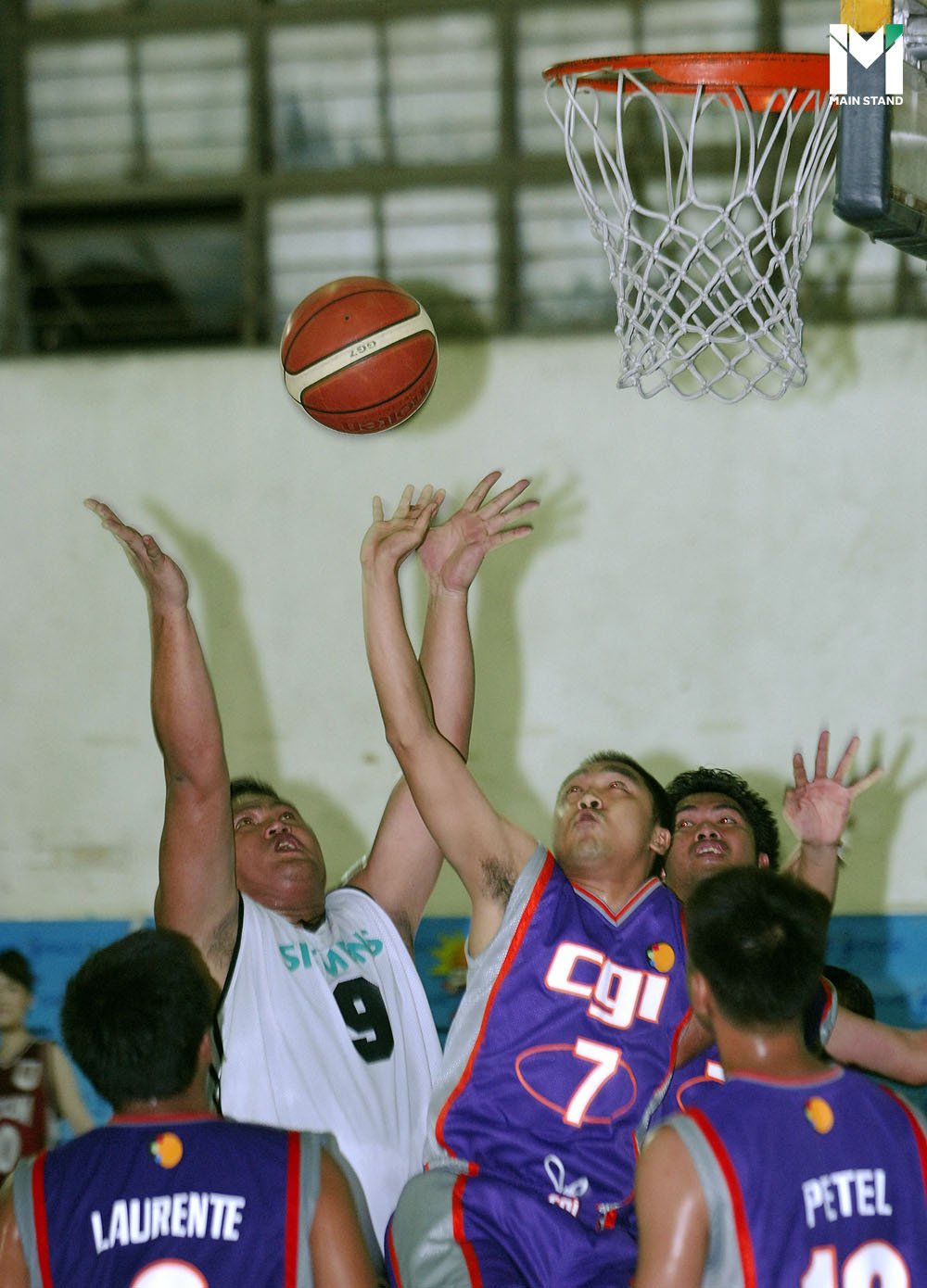
Throughout the 1900s, Philippines basketball began to make its presence known at both the continental and global levels, claiming gold in the 1913 Far Eastern Games and bronze in the 1960 FIBA World Cup. Fast forward to 1975, and the Philippines Basketball Association (PBA) became the first pro basketball league established outside of the US.
However, while Pinoy basketball was thriving, domestic football was suffering.
“Football in the Philippines wasn’t properly organized until a group of former football players and sports enthusiasts decided to form the United Football League (UFL) in the 2000s,” shared former Ceres Negros media officer Ivan Gayeres. “Before that, all of the media attention and sponsorships were directed at basketball.”
However, everything began to change on the evening of December 10th, 2010; a date known to Azkals supporters as the ‘Hanoi Miracle.’ A goal each by Chris Greatwich and Phil Younghusband secured the Philippines a famous 2-0 victory over hosts Vietnam on matchday two of the ASEAN Cup, earning them a spot in the semi-finals for the first time.
The domestic game
The ‘Hanoi Miracle’ sparked a football fever in the Philippines, where investors and big companies gave the domestic league the cash injection it so desperately needed.
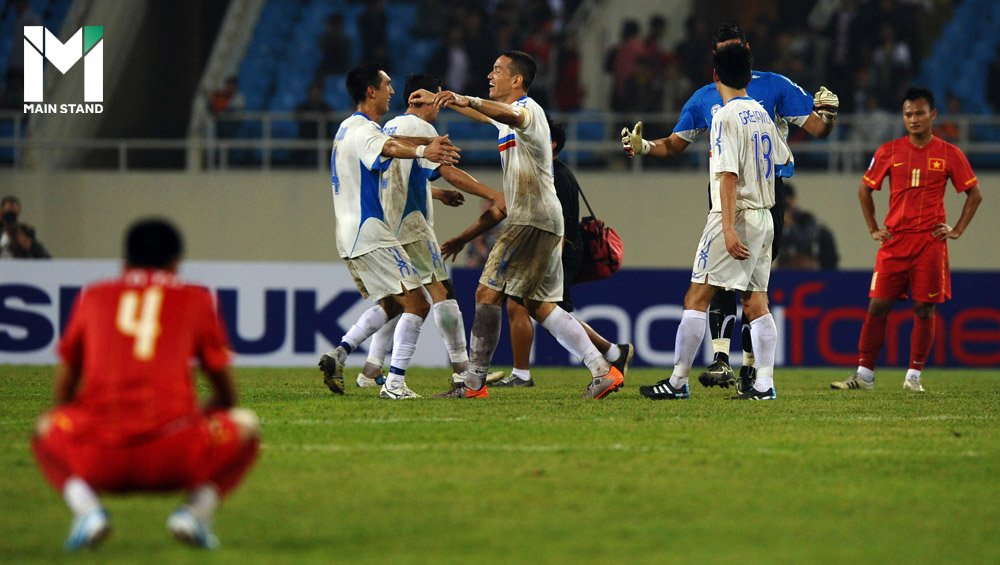
“The 2010 to 2011 period was when the nation began to take notice of the sport of football,” Ivan explained. “Revenue from sponsorship deals, commercials, and broadcasting started elevating the level of professionalism in the league.”
The 2011 UFL season saw the likes of Global FC, Loyola FC and Kaya FC enter the scene and become big spenders. It was as if the semi-pro league was the light at the end of a dingy underpass Filipino football was trying to escape from.
The early days of the UFL was an instant hit, with up to 21 teams in two divisions. The relaxed foreign player policy meant that clubs could spend heavily to attract top talents from abroad to help raise the standard.
In addition, the league structure allowed games to be played in a single venue. This cut down travel costs and aided clubs without deep pockets.
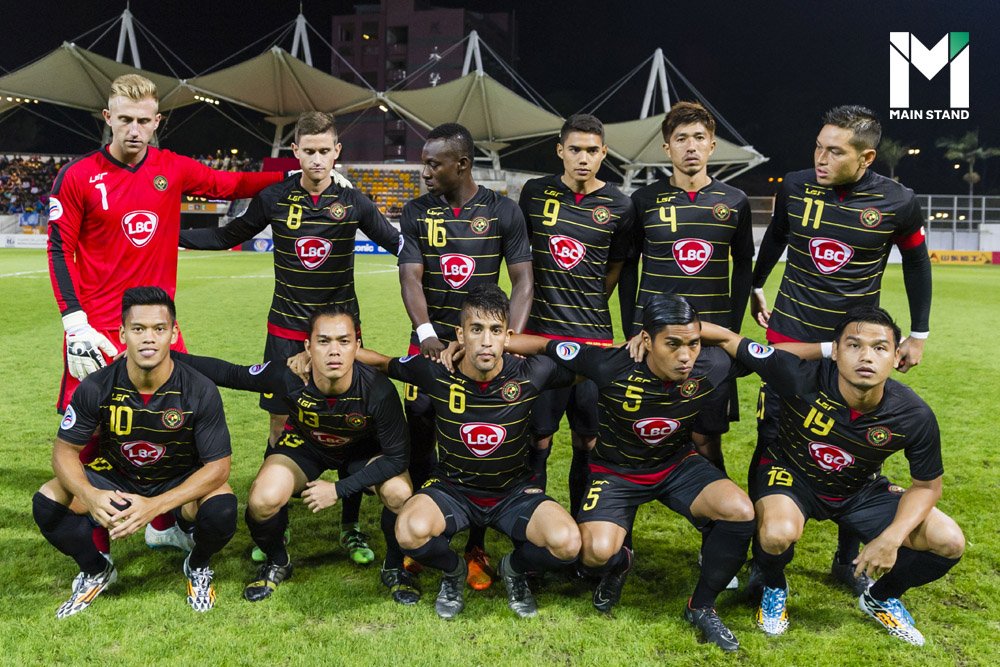
However, after gaining approval from FIFA, the newly renamed Philippines Football League (PFL) required clubs to undergo more strict requirements. It replaced the UFL on the premise that properly implementing club licensing and having home-away fixtures would help professionalize the league.
This was a huge turning point in domestic football as many clubs didn’t meet the club licensing requirements to play in the league. Add in the higher costs of paying for home and away fixtures, and less than half of the original eight remained by 2019.
“The UFL was an ideal setup for most clubs,” said Ivan. “Though the participation of clubs went down when they slowly aligned to AFC’s 3+1 foreign quota rule, the quality was still high until its final season in 2016. The national format that was introduced by the PFL became the biggest challenge for all clubs who also had to instantly professionalize overnight.”
Clubs weren’t just the only ones impacted by the league change. Players had to endure hardships too.
“Most players in the league receive a monthly salary of around 800 USD or less,” said Ivan. “The best players get a lot more, but there are instances when players are paid late and in some cases, not paid at all. It’s also difficult when there is not enough commercial revenue to support the leagues and clubs.”
With all the chaos and uncertainty disrupting the flow of domestic football, local players didn’t have to think twice when offers from abroad came.
Introducing the ASEAN quota
In what must be one of the most significant events in ASEAN football’s recent history, the Thai League implemented its ‘ASEAN Player Quota’ in 2018. The Football Association of Thailand (FAT) took a controversial decision to restrict their 4+1 quota (four players from anywhere + one from within the Asian Football Confederation) to a 3+1+1, adding a spot reserved exclusively for ASEAN players.
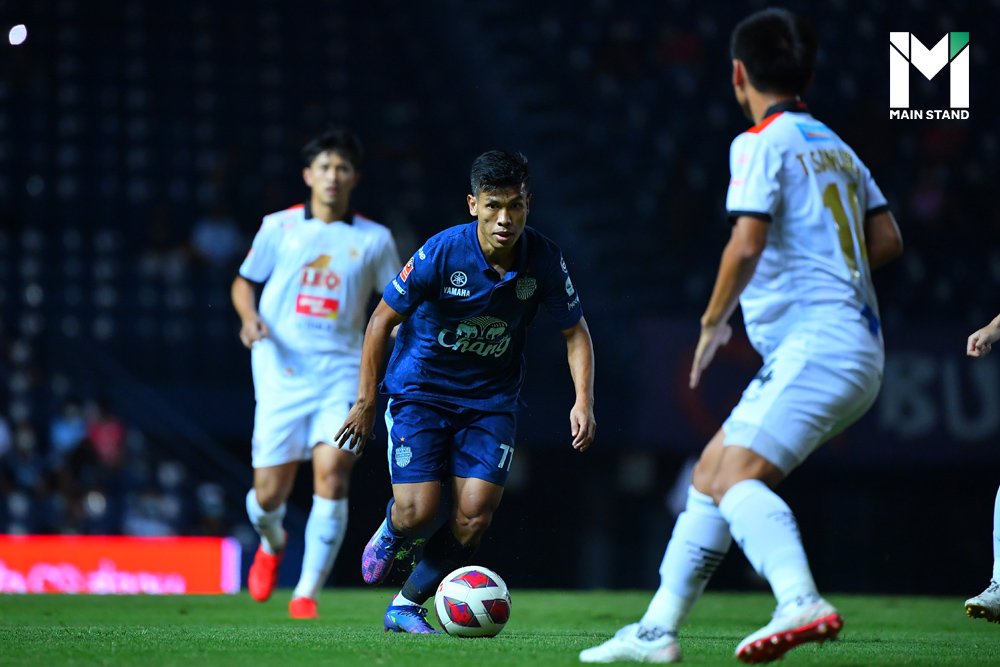
Initially resisted by clubs, the ASEAN quota became a relative success, as fans from neighboring countries began to sit up and take an interest in Thai football. For example, the arrivals of Myanmar internationals such as Aung Thu, Zaw Min Tun and Kyaw Ko Ko helped clubs attract fans from across Thailand’s Western border.
Furthermore, clubs that made the right moves were able to steal a march on their competitors. The league expanded the quota the following season, allowing clubs to register up to three ASEAN players in the matchday squad.
The ideal choice
Not every ASEAN import has been a success, and Filipino players have been head and shoulders above the rest regarding their impact on the Thai League.
In recent seasons, the Philippines have benefitted from their vast diaspora in Europe, reaching out to half-Filipino players in countries such as Spain, Germany, Sweden, and Denmark eligible to play for the national team. Their experiences coming through the youth setups of top European clubs make them exceptional players at this level.
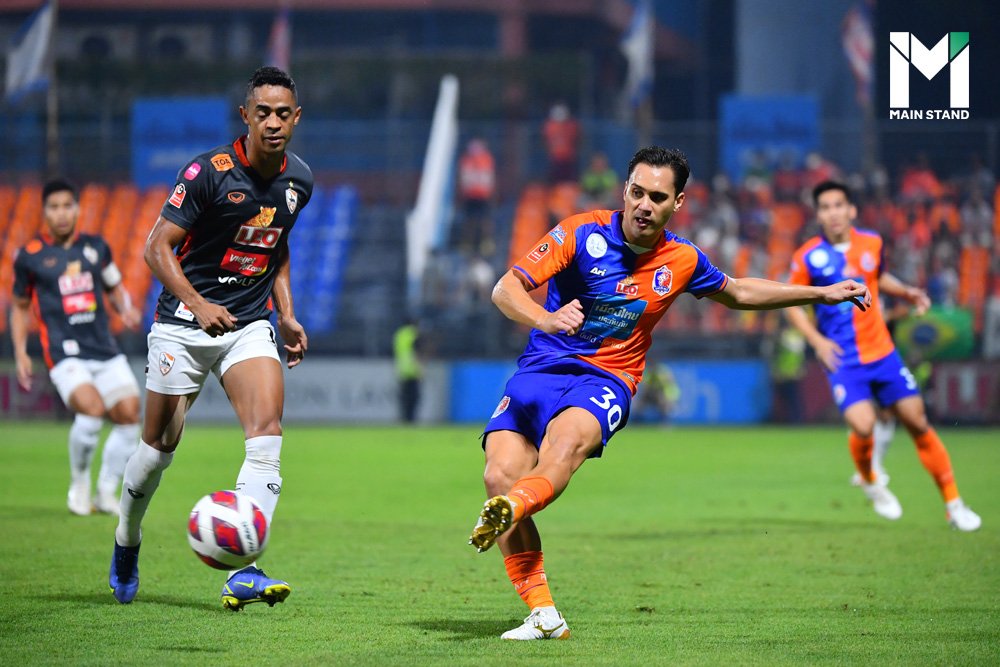
“The mentality of these players is amazing, and their skills on the pitch are beyond average ASEAN players,” said Benni Lohwasser, founder of the FPS Management & Consulting agency, who has played a huge role in bringing European-based Azkal talent to Thailand. “Luckily, the Thai clubs understand this and have taken full advantage of it.”
Or, as Ivan Gayeres put it, the quota has allowed Thai clubs to “pay an ASEAN price and get a European player.”

Buriram United were the first to import a European-based Azkals star back in 2013, well before the implementation of the ASEAN quota, when they signed Javier Patino from Spanish side Cordoba. More recently, Bangkok United turned to the half-Danish Michael Falkesgaard in 2018 as a ‘sweeper-keeper’ to solve their long-standing defensive issues and implement the preferred style of head coach Mano Polking. Lastly, midway through the 2021-22 season, the arrival of Jesper Nyholm from Djurgardens IF was a massive boost for Muangthong, as he played a pivotal role in helping the Kirin finish in the top four.
Conversely, Filipino players have quickly come to enjoy life in Thailand. Not only was the Thai League able to meet their needs on the pitch, but off it too.
“I love the people, I love the food, I love the weather,” shared Falkesgaard. “The first season was something that I needed to think about and focus on. But after that, I had everything covered. My family is happy and I am happy, so everything’s going well.”
Will the trend last?
Filipino players have become a staple of the Thai League, but significant changes are coming yet again.
Starting in the 2022-23 season, clubs will be able to register five foreign players from anywhere and a further one from within Asia, on top of their ASEAN slots. Clubs will still be limited to 3+1+3 on a given match day, but they will be able to pad out their squads with imported players.
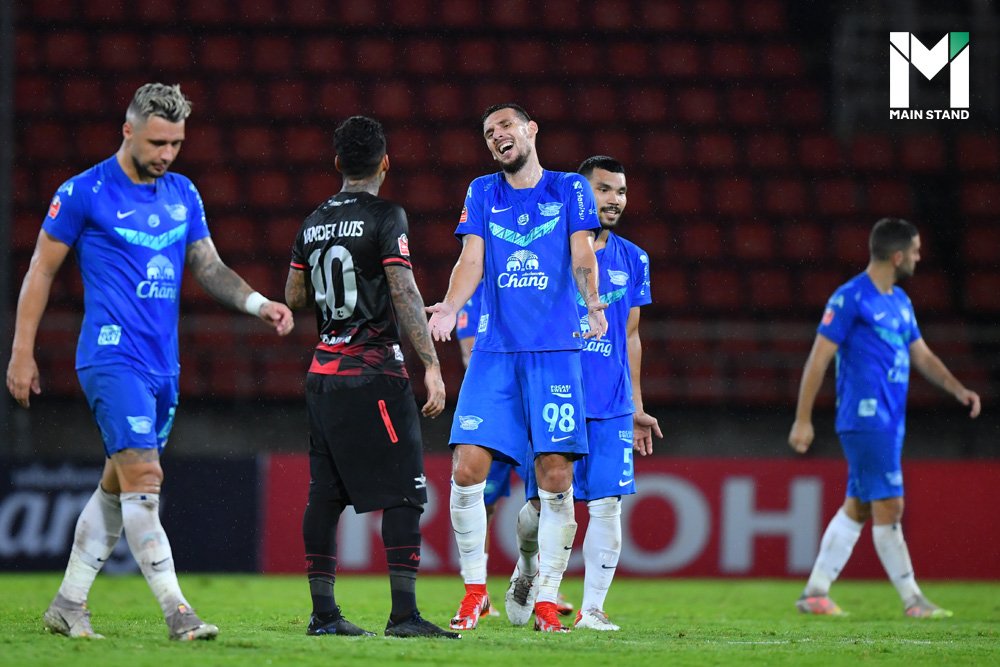
“I think that the additional foreign quota will hurt the ASEAN quota,” said Benni. “You can see that many clubs don’t fully utilize their three ASEAN player slots. I believe the interest may start to decrease in the coming years.”
The Filipino diaspora still presents an exciting opportunity for ASEAN clubs, but they will now need to compete against players worldwide for spaces in the Thai League. Their ability to adapt quickly and familiarize themselves with the league may be needed to give them an edge in the transfer market.
Whether or not Thai League teams continue importing Filipino players at the same rate as in previous seasons remains to be seen. However, it’s clear that Azkals internationals have played a considerable role in raising the standard of Thai football in recent years. Their presence has increased ASEAN interest in Thailand’s domestic league and generated excitement among local fans. The ‘Filipino-fever’ in the Thai League will be remembered for years to come.
Sources:
https://thaileague.co.th/145
https://en.wikipedia.org/wiki/List_of_foreign_Thai_League_1_players
https://www.britannica.com/place/Philippines/Sports-and-recreation






